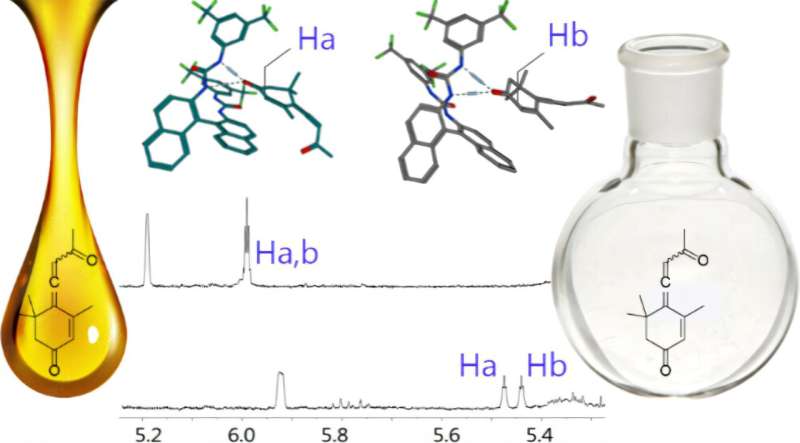A groundbreaking scientific endeavor at the University of Chemistry and Technology, Prague, has unlocked the secrets to mass-producing a vital compound that safeguards bumblebees from a deadly parasitic threat. This pivotal chemical synthesis of callunene, a naturally occurring protective agent, offers a beacon of hope for preserving our invaluable pollinator protection efforts and ensuring agricultural stability worldwide.
For too long, the protozoan parasite Crithidia bombi has plagued bumblebee health, severely hindering their ability to forage for nectar and ultimately leading to colony decline, reduced fitness, and death. This issue is particularly acute in commercial indoor farming environments where the concentration of pollinators creates fertile ground for parasite transmission, posing a risk not only to farmed colonies but also to their wild counterparts.
Nature’s elegant solution to this scourge lies within the nectar of heather (Calluna vulgaris), which contains callunene, providing prophylactic protection to foraging bumblebees. However, the dwindling heathland habitats and the inherent difficulties of extracting this compound on a large scale have rendered natural isolation an impractical and unsustainable approach to combating the widespread parasitic problem.
Under the visionary leadership of Dr. Pavla Perlíková, the UCT Prague team embarked on an ambitious quest to overcome these barriers. Their meticulous five-step synthesis protocol successfully recreated callunene in the laboratory, a monumental achievement that paves the way for scalable production and widespread application in parasite prevention strategies.
Beyond the impressive synthetic feat, the researchers also resolved a long-standing mystery regarding callunene’s precise three-dimensional structure. Utilizing advanced analytical techniques, including Nuclear Magnetic Resonance (NMR) spectroscopy, they meticulously compared their synthetic compound with natural callunene extracted from heather honey. This comparative analysis yielded a crucial insight.
The pivotal discovery revealed that natural callunene exists as a racemic mixture, an equal blend of its “left-handed” and “right-handed” molecular mirror images. Dr. Perlíková emphasized the significance of this finding, stating that it eliminates the often complex and costly additional step of separating these enantiomers, making their synthetic version bio-identical and directly applicable.
This breakthrough simplifies the integration of synthetic callunene into agricultural science practices, allowing it to be directly administered as a food additive for pollinators. The ability to produce callunene affordably and in substantial quantities opens unprecedented avenues for further prophylactic studies and the development of new treatments aimed at bolstering the resilience and health of these indispensable insects.
The research, meticulously detailed in the forthcoming study by Jiří Ferenczei et al., “Stereoanalysis of the Antiparasitic Natural Product Callunene and Its Synthetic Intermediates” (2025), marks a significant stride forward in protecting pollinator populations. It underscores the power of analytical chemistry in addressing critical environmental and agricultural challenges.
In essence, this five-step chemical synthesis not only provides a scalable method for producing callunene but also confirms its structural compatibility with the natural compound. This ensures that synthetic callunene can be directly deployed to protect bumblebee health from Crithidia bombi, offering a practical and effective solution for safeguarding vital pollinator colonies and, by extension, global food security.






Leave a Reply